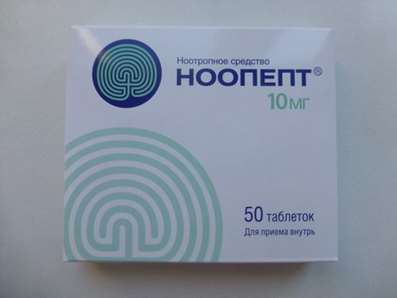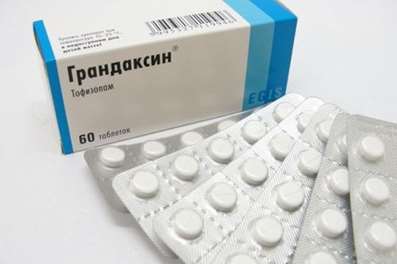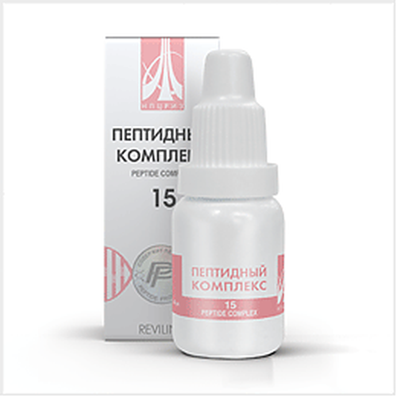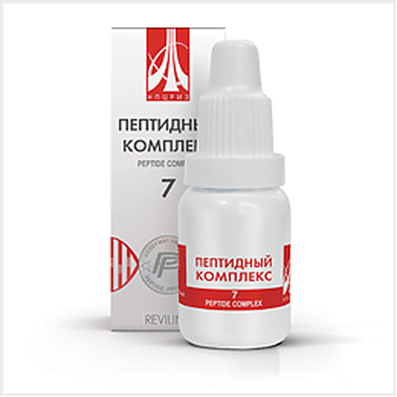Instruction for use: Leocaine solution 0,3%
I want this, give me price
Dosage form: solution for external use 0.3%, vial (flacon) 10 ml
Active substance: Dimethylaminoethyl ether n-buthylaminobenzoic acid hydrochloride
Pharmacological group:
Local irritants
The nosological classification (ICD-10)
R52 Pain, not elsewhere classified: Pain syndrome of radicular origin; Pain syndrome of small and medium intensity of different genesis; Pain syndrome after orthopedic surgery; Pain syndrome in superficial pathological processes; Radicular pain in the background of osteochondrosis of the spine; Radicular pain syndrome; Pleural pain; Chronic pain
Z100.0 * Anesthesiology and premedication: Abdominal surgery; Adenomectomy; Amputation; Angioplasty of the coronary arteries; Carotid artery angioplasty; Antiseptic treatment of skin in wounds; Antiseptic treatment of hands; Appendectomy; Atheroctomy; Balloon coronary angioplasty; Vaginal hysterectomy; Venous bypass; Interventions on the vagina and cervix; Interventions on the bladder; Interference in the oral cavity; Reconstructive-reconstructive operations; Hand hygiene of medical personnel; Gynecological Surgery; Gynecological interventions; Gynecological operations; Hypovolemic shock during surgery; Disinfection of purulent wounds; Disinfection of the edges of wounds; Diagnostic Interventions; Diagnostic procedures; Diathermocoagulation of the cervix; Long-term surgeries; Replacement of fistulous catheters; Infection in orthopedic surgical interventions; Artificial heart valve; Kistectomy; Short-term outpatient surgery; Short-term operations; Short-term surgical procedures; Cryotyreotomy; Blood loss during surgical interventions; Bleeding during surgery and in the postoperative period; Kuldotsentez; Laser coagulation; Laserocoagulation; Laser retinopathy of the retina; Laparoscopy; Laparoscopy in gynecology; Likvornaya fistula; Small gynecological operations; Small surgical interventions; Mastectomy and subsequent plastic surgery; Mediastinotomy; Microsurgical operations on the ear; Mukinging operations; Suturing; Minor surgery; Neurosurgical operation; Eclipse of the eyeball in ophthalmic surgery Orchiectomy; Pancreatectomy; Pericardectomy; The rehabilitation period after surgical operations; Reconvalence after surgical intervention; Percutaneous transluminal coronary angioplasty; Pleural Thoracocentesis; Pneumonia postoperative and post traumatic; Preparing for surgical procedures; Preparing for a surgical operation; Preparation of the surgeon's arms before surgery; Preparation of the colon for surgical interventions; Postoperative aspiration pneumonia in neurosurgical and thoracic operations; Postoperative nausea; Postoperative hemorrhage; Postoperative granuloma; Postoperative shock; Early postoperative period; Myocardial revascularization; Resection of the apex of the tooth root; Resection of the stomach; Bowel resection; Resection of the uterus; Liver resection; Small bowel resection; Resection of a part of the stomach; Reocclusion of the operated vessel; Gluing of tissues during surgical interventions; Suture removal; Condition after eye surgery; Condition after surgery; Condition after surgery in the nasal cavity;Condition after gastrectomy; Condition after resection of the small intestine; Condition after tonsillectomy; Condition after removal of duodenum; Condition after phlebectomy; Vascular Surgery; Splenectomy; Sterilization of surgical instrument; Sterilization of surgical instruments; Sternotomy; Dental surgery; Dental intervention on periodontal tissues; Strumectomy; Tonsillectomy; Thoracic surgery; Total gastrectomy; Transdermal intravascular coronary angioplasty; Transurethral resection; Turbinectomy; Removal of a tooth; Cataract removal; Removing Cysts; Removal of tonsils; Removal of myoma; Removal of mobile milk teeth; Removal of polyps; Removal of a broken tooth; Removal of the uterus; Removal of seams; Urethrotomy; Fistula of the luminal ducts; Frontoetmoidohaimorotomy; Surgical infection; Surgical treatment of chronic ulcers of extremities; Surgery; Surgery in the anus; Surgery on the large intestine; Surgical practice; Surgical procedure; Surgical interventions; Surgical interventions on the digestive tract; Surgical interventions on the urinary tract;Surgical interventions on the urinary system; Surgical interventions on the genitourinary system; Surgical intervention on the heart; Surgical procedures; Surgical operations; Surgical operations on veins; Surgical intervention; Vascular; Cholecystectomy; Partial resection of the stomach; Extraperitoneal hysterectomy; Percutaneous transluminal coronary angioplasty; Percutaneous transluminal angioplasty; Coronary artery bypass grafting; Extirpation of the tooth; Extirpation of infant teeth; Extirpation of pulp; Extracorporeal circulation; Extraction of the tooth; Extraction of teeth; Extraction of cataracts; Electrocoagulation; Endourological interventions; Episiotomy; Ethmoidotomy; Complications after tooth extraction
Composition and release form
A solution of leocaine (beta-dimethylaminoethyl parabutylaminobenzoic acid ester of hydrochloride (beta form) 0.3% contains leocaine, sodium chloride and purified water, in vials of 5 ml or 10 ml.
Characteristic
Transparent or slightly opalescent, colorless or slightly colored liquid.
Pharmachologic effect
Pharmacological action - local anesthetic.
Clinical Pharmacology
By analgesic activity is equal to 1% solution of dicain. Anesthesia occurs 0.5-1.5 minutes after application of the drug on the surface of the mucous membrane and lasts for 15-20 minutes. Compared with dicaine, the toxic and irritating effect and the negative effect on the course of local pathological processes are less pronounced.
Indication of the drug Leocaine solution 0.3%
Terminal anesthesia (in adults and children older than 10 years) with various endoscopic studies, for pain relief during short-term operations and manipulations in dental, otorhinolaryngological, urological, gynecological practice. Conservative treatment of pain syndrome in superficial pathological processes.
Contraindications
Individual intolerance.
Side effects
Slightly expressed unpleasant sensations in the place of application or instillation, allergic reactions.
Dosing and Administration
Locally. In endoscopic practice, the mucous membranes are immediately applied at 2 to 20 ml at a time immediately before the examination. In dentistry, they are applied in the form of an application on the surface to be treated promptly, or on the affected area of the oral mucosa within 1-1.5 minutes. For relief of pain syndrome with conservative treatment of dental diseases, an application is made from 2-4 drops to 1-2 ml 3-4 times a day. In otorhinolaryngology - instillations or applications (1-1,5 min) immediately before the operation or manipulation in an amount of 2-4 drops to 1-2 ml. In gynecology - in the form of applications to the area of the mucous membrane, subject to surgical intervention, from 2-4 drops to 1-2 ml at a time. If necessary, during the surgical procedure, the applications are repeated, depending on the duration of the operation and individual tolerability of the drug to patients. The maximum dose of the drug in all cases should not exceed 30 ml per day.
Storage conditions
In a cool place.
Keep out of the reach of children.
Shelf life
2 years.
Do not use after the expiry date printed on the package.

 Cart
Cart





